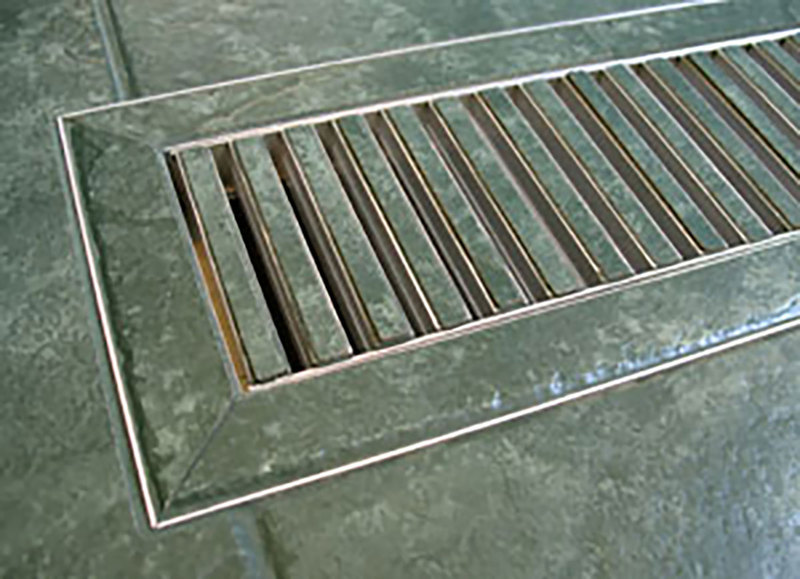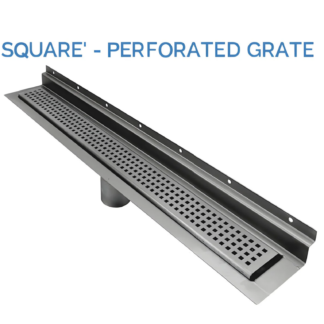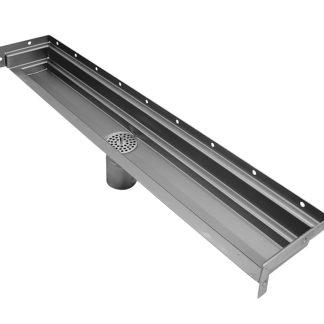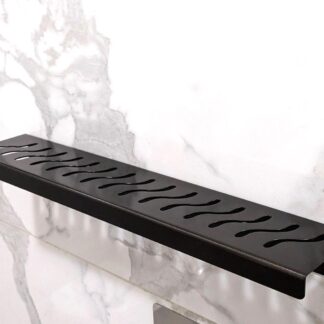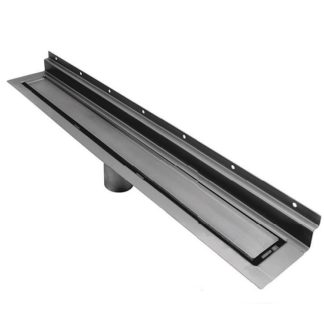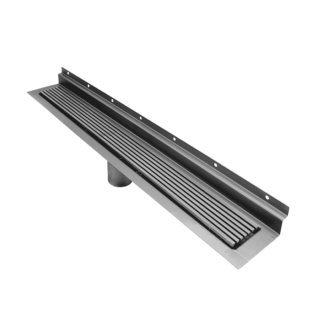When it comes to constructing or renovating your home, don’t underestimate the role of bathroom accessories in creating a complete and luxurious living space. Your bathroom can be a sanctuary of opulence with the right selection of bathroom accessories. Whether you envision a bathroom with a fantasy waterfall or one adorned with royal marble elegance, the key lies in the choice of exquisite bathroom accessories.
1. Opulent Bathroom Fixtures: Elevate Your Space with Luxury

Bathroom fixtures are more than just functional elements; they are opportunities to infuse opulence into your space. Consider bathroom fixtures meticulously crafted with intricate designs, turning them into elegant pieces of art. This collection encompasses a toilet, bidet, and sink, each carefully designed with an eye for detail, imparting a sense of opulence and luxury to your bathroom. These fixtures are a testament to the transformative power of bathroom accessories, elevating the aesthetics of your space to new heights.
2. Lavish Bathroom Accessories: Creating a Spa-Like Retreat
Bathroom accessories play a pivotal role in creating an atmosphere of luxury. Explore a range of lavish bathroom accessories that can turn your bathroom into a spa-like retreat. This curated assortment includes items such as a Q-tip jar, gel dispenser, brush holder, and cotton ball holder, all of which go beyond their functional roles to become artistic statements. These bathroom accessories illustrate how even the most utilitarian elements can be transformed into symbols of opulence, enhancing your daily routine with a touch of luxury.
3. Elegant Faucets: Subtle Glamour for Your Bathroom
For those seeking a touch of glamour without overwhelming the space, an elegant faucet can work wonders. Opt for a faucet with a polished chrome finish, designed to be wall-mounted above your sink. This choice introduces a subtle yet sophisticated element to your bathroom, showcasing that luxury resides in the finer details. The right faucet can be a game-changer when it comes to bathroom accessories.
4. Gold-Toned Bath Fittings: A Touch of Sophistication
Bathroom fittings in gold tones are a testament to sophistication and extravagance. These fittings are meticulously crafted to infuse your bathroom with an air of luxury. With their elegant design, they enrich the ambiance of your space, contributing to the opulent feel of your bathroom.

In conclusion, as you embark on the journey of constructing or renovating your home, remember the pivotal role that bathroom accessories play in creating a luxurious living space. From opulent bathroom fixtures to lavish accessories and elegant faucets, each choice contributes to the overall opulence of your bathroom. These bathroom accessories transform your space into a haven of indulgence and relaxation, enhancing your daily life with a touch of luxury. Make your bathroom the crowning jewel of your home’s decor by choosing the right bathroom accessories to celebrate opulence in every corner of your living space.
